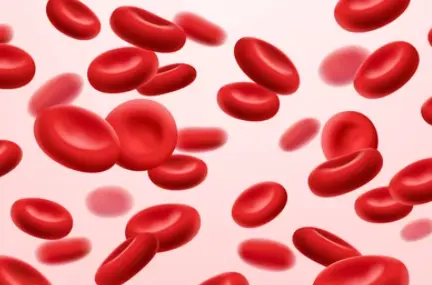 Welcome
Welcome
“May all be happy, may all be healed, may all be at peace and may no one ever suffer."
- A
- B
- C
- D
- E
- F
- G
- H
- I
- J
- K
- L
- M
- N
- O
- P
- Q
- R
- S
- T
- U
- V
- W
- X
- Y
- Z
Insect stings - Generics
Insect stings can cause a range of reactions, from mild swelling and redness to severe allergic reactions that can be life-threatening. Common insects that can sting include bees, wasps, hornets, yellow jackets, and fire ants.
The severity of a sting reaction depends on a number of factors, including the type of insect, the location of the sting, the number of stings, and the individual's sensitivity to insect venom. Mild reactions typically involve localized pain, redness, and swelling at the site of the sting, while more severe reactions can cause systemic symptoms such as hives, itching, wheezing, difficulty breathing, and anaphylaxis.
Treatment for insect stings typically involves removing the stinger if it is still present, washing the affected area with soap and water, and applying a cold compress to reduce swelling. Over-the-counter pain relievers such as acetaminophen or ibuprofen can help to relieve pain. For more severe reactions, such as anaphylaxis, immediate medical attention is necessary.
Individuals who are known to be allergic to insect venom can take steps to reduce their risk of being stung, such as wearing protective clothing when outdoors, avoiding sweet-smelling perfumes and cosmetics, and carrying an epinephrine auto-injector (EpiPen) in case of a severe allergic reaction.
Insect stings can be unpleasant and in some cases, dangerous. However, with proper treatment and prevention strategies, most people can avoid serious complications and recover fully from a sting.

Enuresis

Oral hygiene

Pleural effusions

Sunburn

Postcoital contraception

Psychoneurosis

Sarcoma

Preserve blood specimens
Insect stings, পোকার দংশন
To be happy, beautiful, healthy, wealthy, hale and long-lived stay with DM3S.